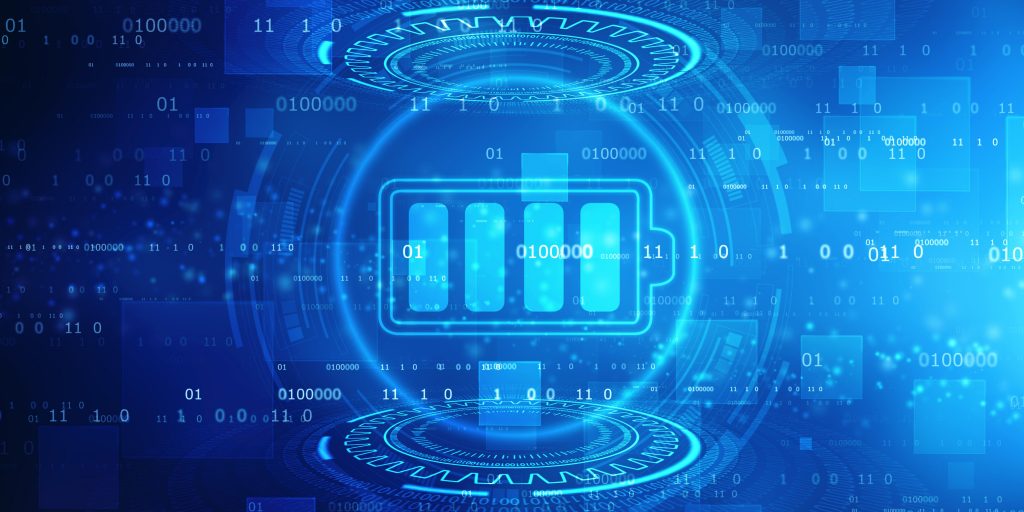3 steps to increase the resiliency of the energy infrastructure
Picture this: A hurricane strikes a coastal town and destroys the power distribution network. A hospital generator fails, plunging the building into total darkness. Medical equipment, elevators and lighting are all non-functional. There’s no air conditioning nor natural ventilation because the windows are sealed shut, resulting in overwhelming heat and humidity. The water pumps grind to a halt, cutting off precious water access.
It’s a nightmare scenario, right? Sadly, that’s exactly what happened to Memorial Hospital in New Orleans in the aftermath of Hurricane Katrina in August 2005. It could happen to any number of health care organizations in vulnerable low-laying areas up and down the eastern seaboard, especially as global warming intensifies over the coming years.
Keeping access to our energy infrastructure safe and secure is always a pressing priority, whether skies are stormy or serene. Energy infrastructure systems are often referred to as lifelines because so many other services (such as utilities and transportation) depend on the electric grid to function.
So, what steps can we collectively take to best protect our critical energy infrastructure?
1. Perform energy audits
For existing infrastructure, it’s better to begin with efficiency improvements since they’re cheaper and offer better ROI than embarking on new capital projects such as installing wind turbines. Some of the modifications can include evaluating the electric distribution system to reduce losses and better quantify usage.
Additionally, you can identify losses from idle and over-sized transformers, detect and reduce unmetered loads, or even quantify and report service station losses. Similarly, you can perform audits on large public and commercial buildings and implement upgrades such as smart meters.
2. Invest in cybersecurity
Today, natural calamities such as storms and hurricanes aren’t the only risks to your energy systems. As investments in energy resources such as solar panels and battery backups increase, there’s the potential of serious cyber vulnerabilities.
Again, traditional energy infrastructure is increasingly getting connected to modern, digital technologies and networks. And while these innovations make the energy system smarter and enhance the consumer experience, this digitization poses significant risks such as attacks that can compromise the security of the service. The industry consensus is that our nation’s energy infrastructure is woefully under protected when it comes to cybersecurity, so every investment we can make to shore up our digital defenses, the better.
3. Embrace predictive analytics
It’s about relying on advanced analytics to reduce energy costs, forecast future power consumption, and meet customers’ expectations. Predictive analytics help you to efficiently balance between energy supply and energy demand to make sure there are no power outages during peak hours. With the right tools and strategies, you can generate valuable insights from the enormous data being produced by smart meters, automated fault switches and customer interactions.
Additionally, power lines, machinery, maintenance vehicles and power stations can be fitted with sensors to collect time-stamped data. By coupling this data with custom software solutions, you are then able to identify failing assets or even predict the remaining useful life of equipment or solar battery storage. As a result, you are able to take preventive steps that help you avoid blackouts and also reduce maintenance costs.
Ultimately, power outages aren’t just an inconvenience—they pose significant risks to economic stability, community safety and national security. Resilient energy infrastructure provides the foundation for important services that U.S. citizens and businesses rely on daily. Let’s try to make our grid as strong and capable as possible.
Dr. Denis Phares is the chief executive officer of Dragonfly Energy Corp. He leads the company’s innovation and research initiatives such as solar battery storage, focusing on developing and advancing Dragonfly’s revolutionary technology.




















